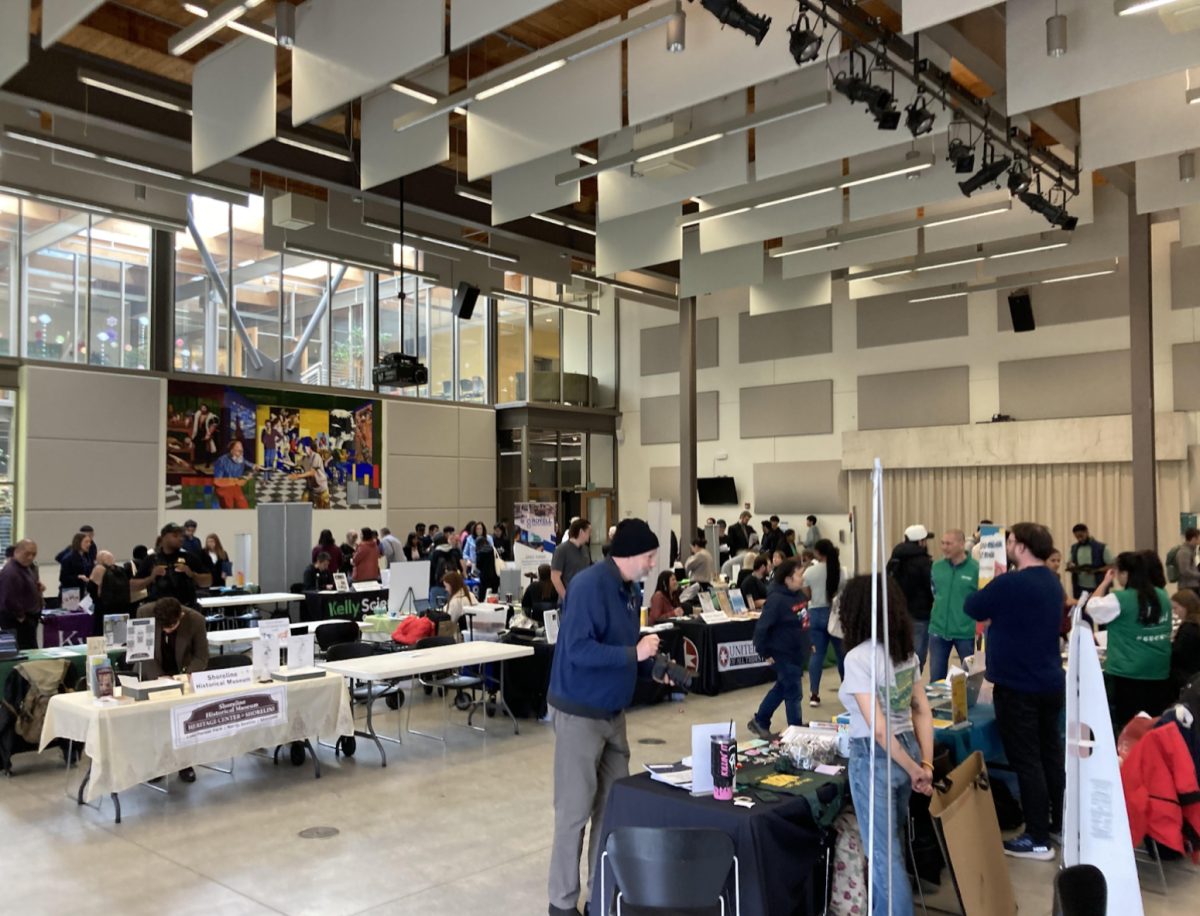The inability of Seattleites to deal with the recent adverse weather will go down in history at your local grocery store.
The one day of mostly clear roads — between the first winter storm and the second one essentially — caused the entire population of Puget Sound to frantically drive to the grocery store to buy Thanksgiving-level amounts of food.
You probably saw the viral pictures of completely empty shelves at QFC and Costco. I work at the QFC in University Village; it broke the previous record for the busiest day in the history of our store by over 10 percent, beating out every day before the Super Bowl, every day leading up to Thanksgiving as well as every December 23 and 24.
I’m not asking you to take pity on the poor grocery store employees — the vast majority of customers were actually remarkably understanding and sympathetic towards the staff for the 30-minute lines that stretched halfway across the store. There have been ridiculously busy days before, and there will be more in the future.
The issue is that most of the items people were buying wouldn’t have been the slightest bit useful if people were snowed in or lost power.
Raw meat? It’ll go bad in less than an hour if you can’t keep it cold.
Hard liquor? I get that it’s nice to have something to do if you’re stuck for a while, but it’s hardly the urgent purchase that’s worth a half-hour wait in line.
This advice is for general disaster preparedness, covering power outages, floods, earthquakes and more. Find more in-depth tips and information at www.seattle.gov/emergency-management/prepare/prepare-yourself
Non-perishable food The first thing everyone jumps to is canned food, but that’s far from your only option. Many types of food are available in sealed packages that last for years and don’t need refrigeration until opened. Make sure you also have a can opener, or that food you put so much effort into buying will be inaccessible.
Warm clothes Even if it’s not a snowstorm, you need ways to stay warm and dry. If you lose power, you also may lose the ability to heat your house (depends on gas/electric heating). Of course, if you need to go outside, this gets even more important. Hot Tip: Wool stays warm even when wet.
Working flashlight Also: plenty of batteries. Clearly a necessity if you lose power. Even if you do have electricity, many of the rarely-used items that you keep for emergencies may be stored in a basement or closet and be tricky to find without direct light.
A first aid kit If you’re trapped in your house in a snowstorm, having electricity isn’t going to help clean and protect injuries. Make sure to have plenty of bandages of different shapes and sizes. Have antiseptic wash and/or wipes along with sterile gauze pads with tape to hold them in place in case of more serious injuries.
A list of emergency contacts This could be stored along with your first aid kit or in a more frequently visited location such as stuck to the fridge. It’s good to have a nearby contact or two in case you need help quickly, but also be especially sure to have at least one emergency contact out of your general area. Otherwise, a large-scale disaster could endanger you and all of your contacts at the same time. Hot Tip: Charge up a power bank beforehand in case the plugs aren’t working.







